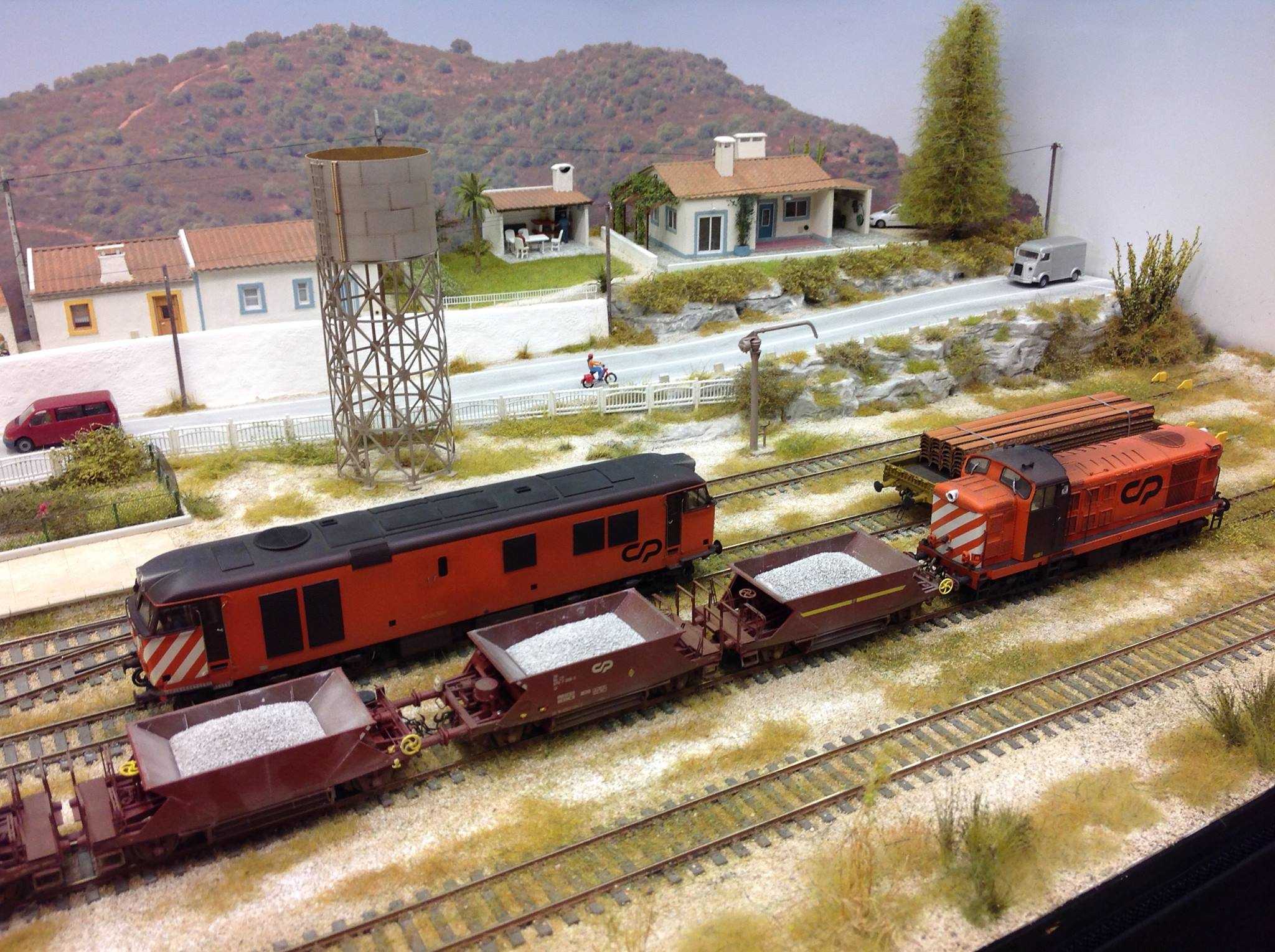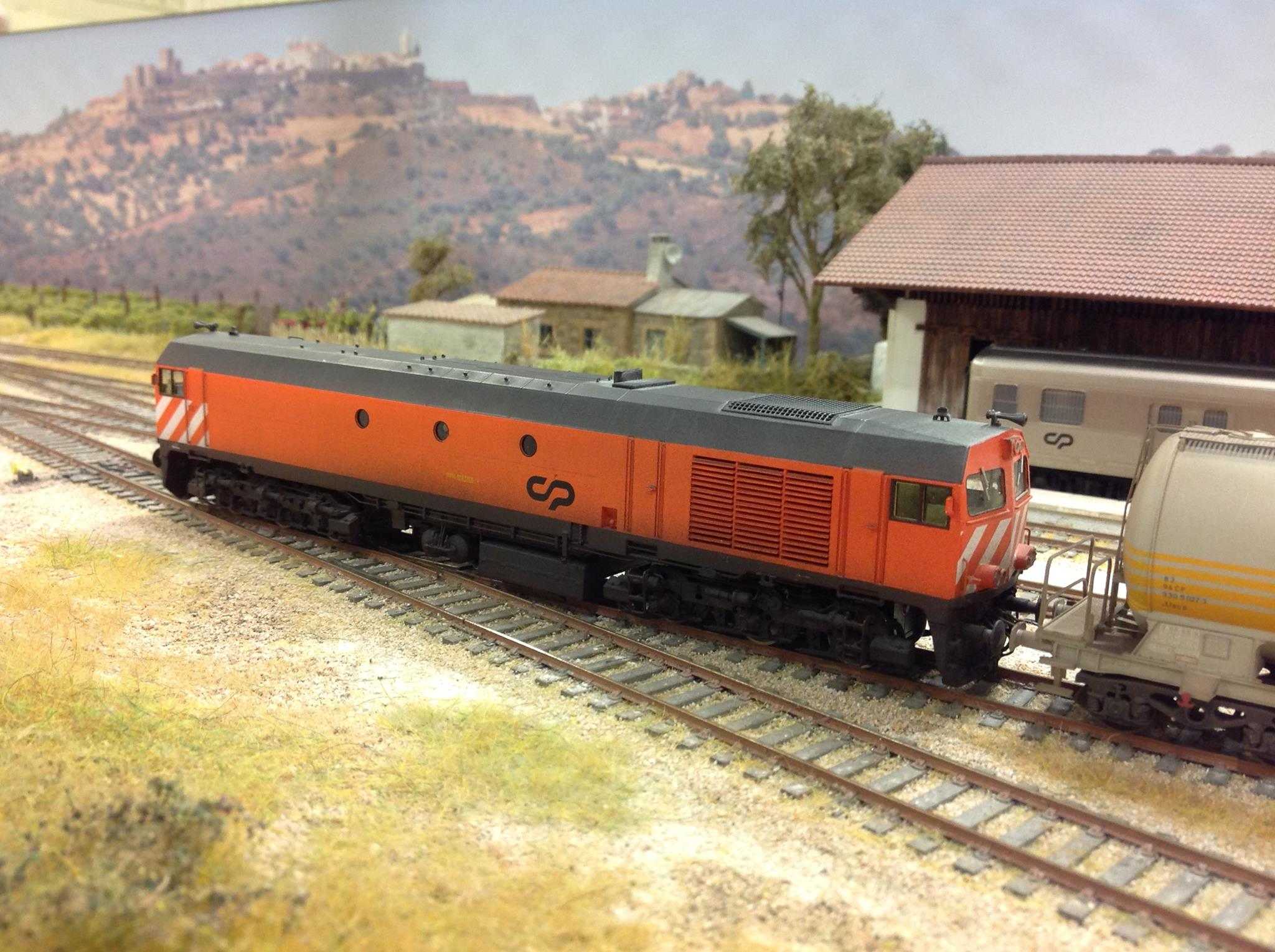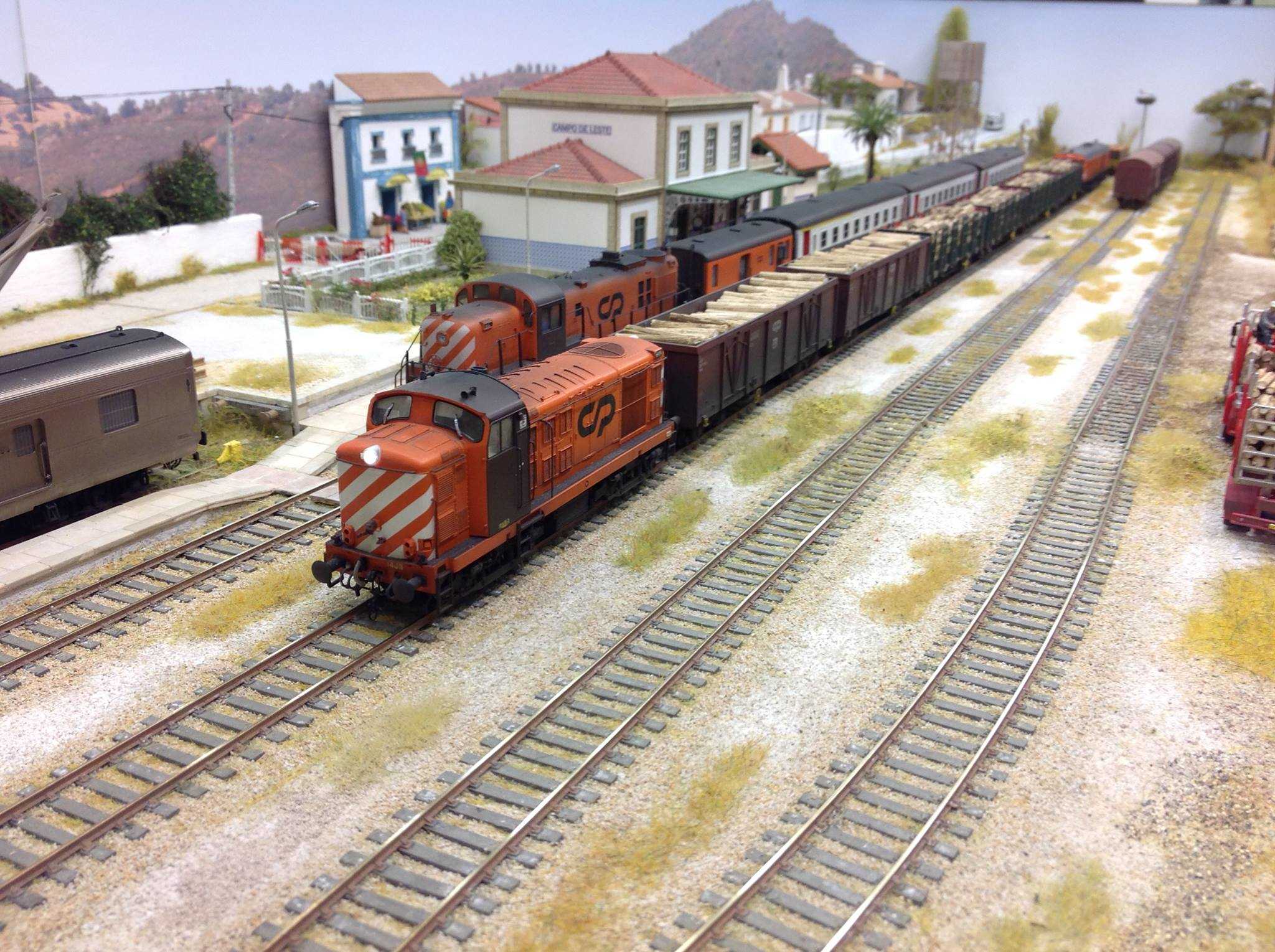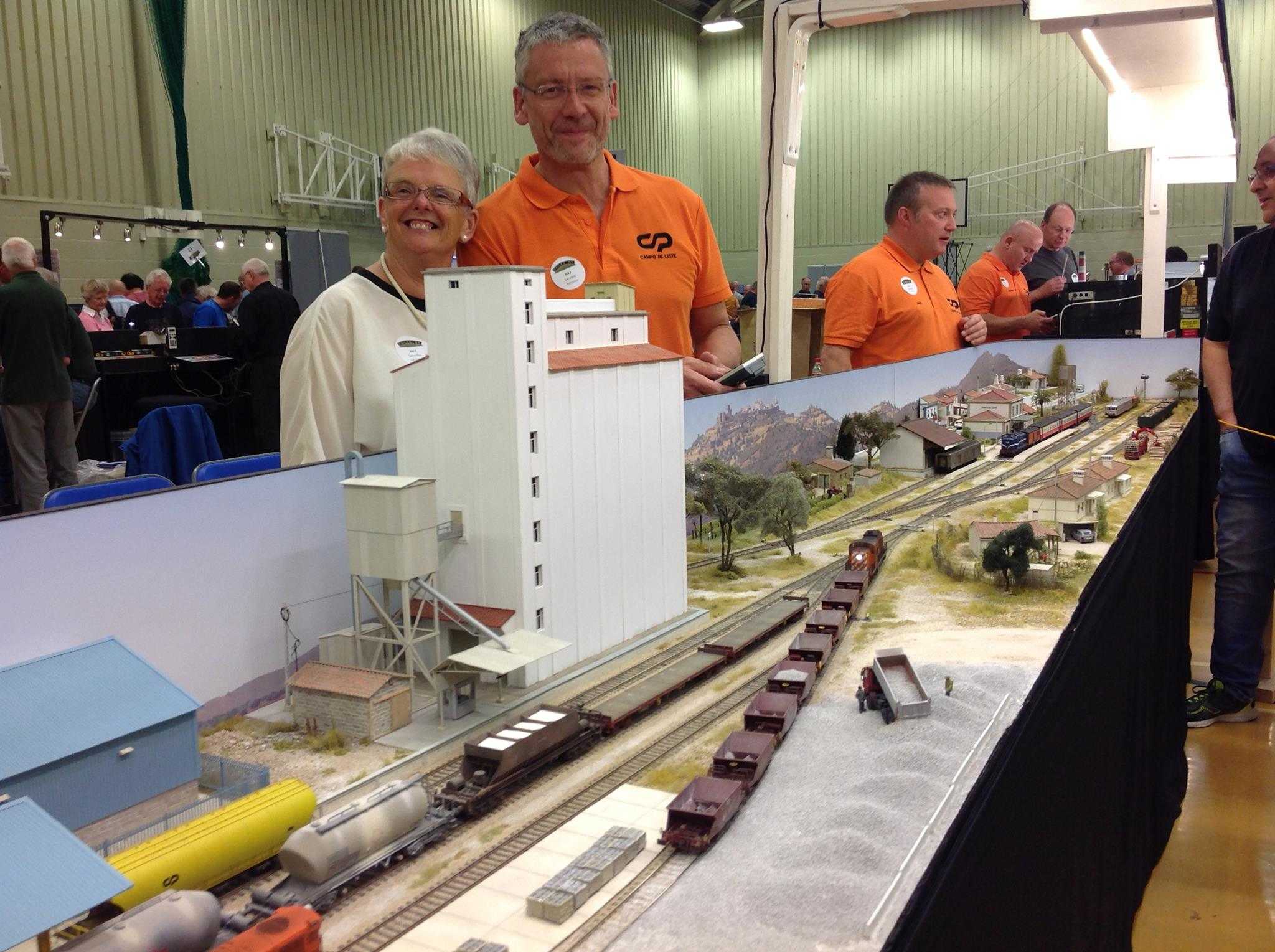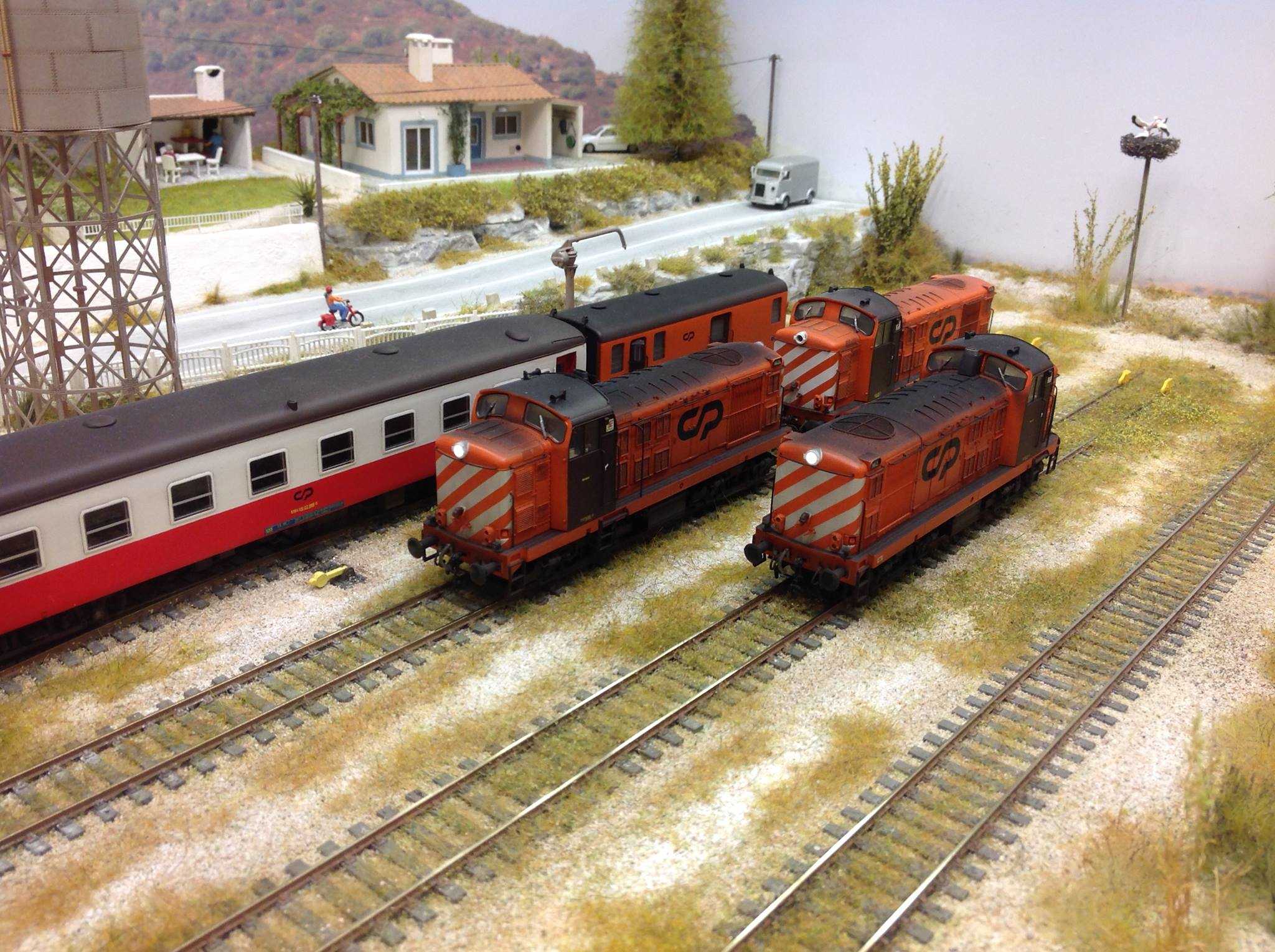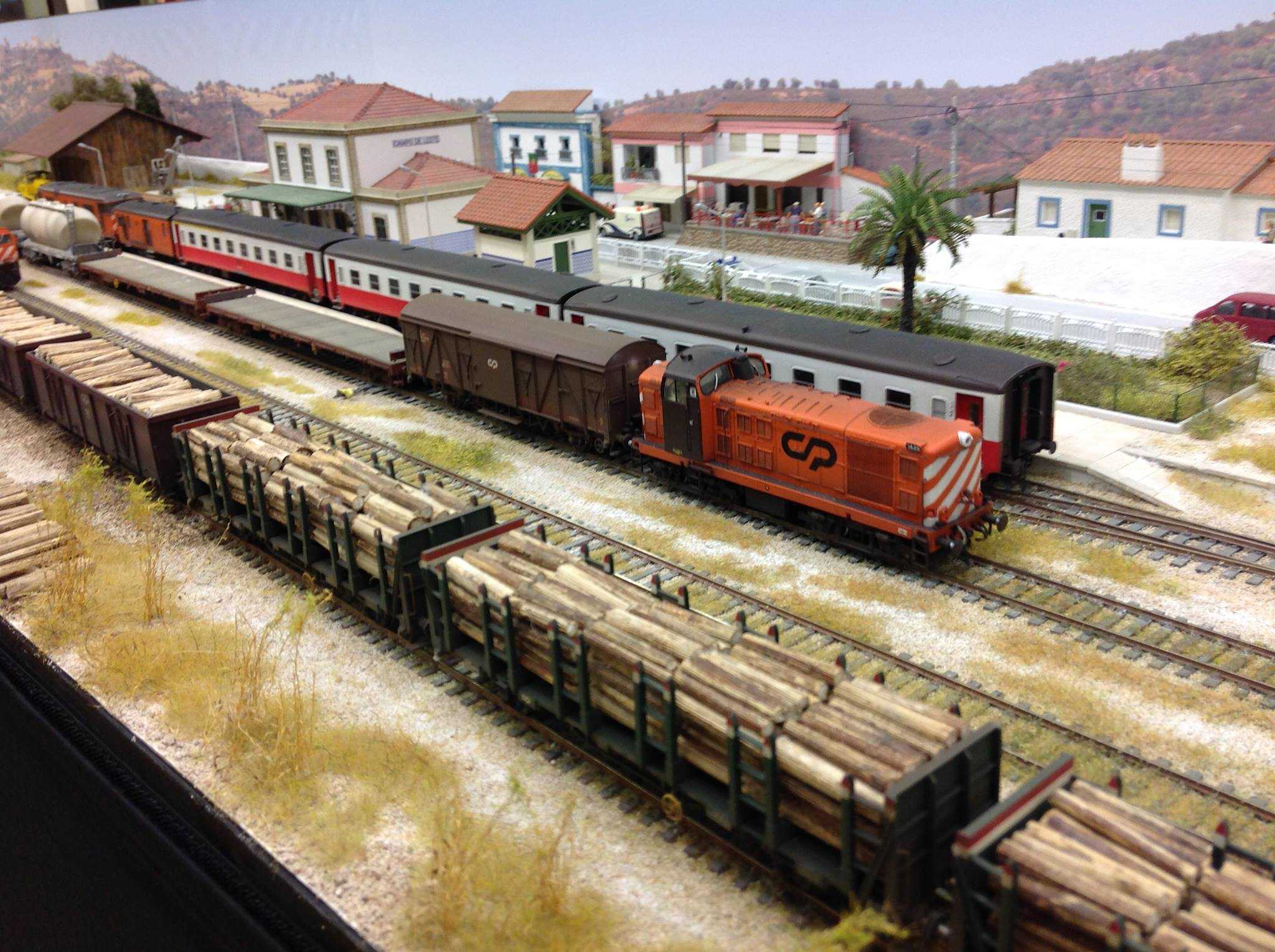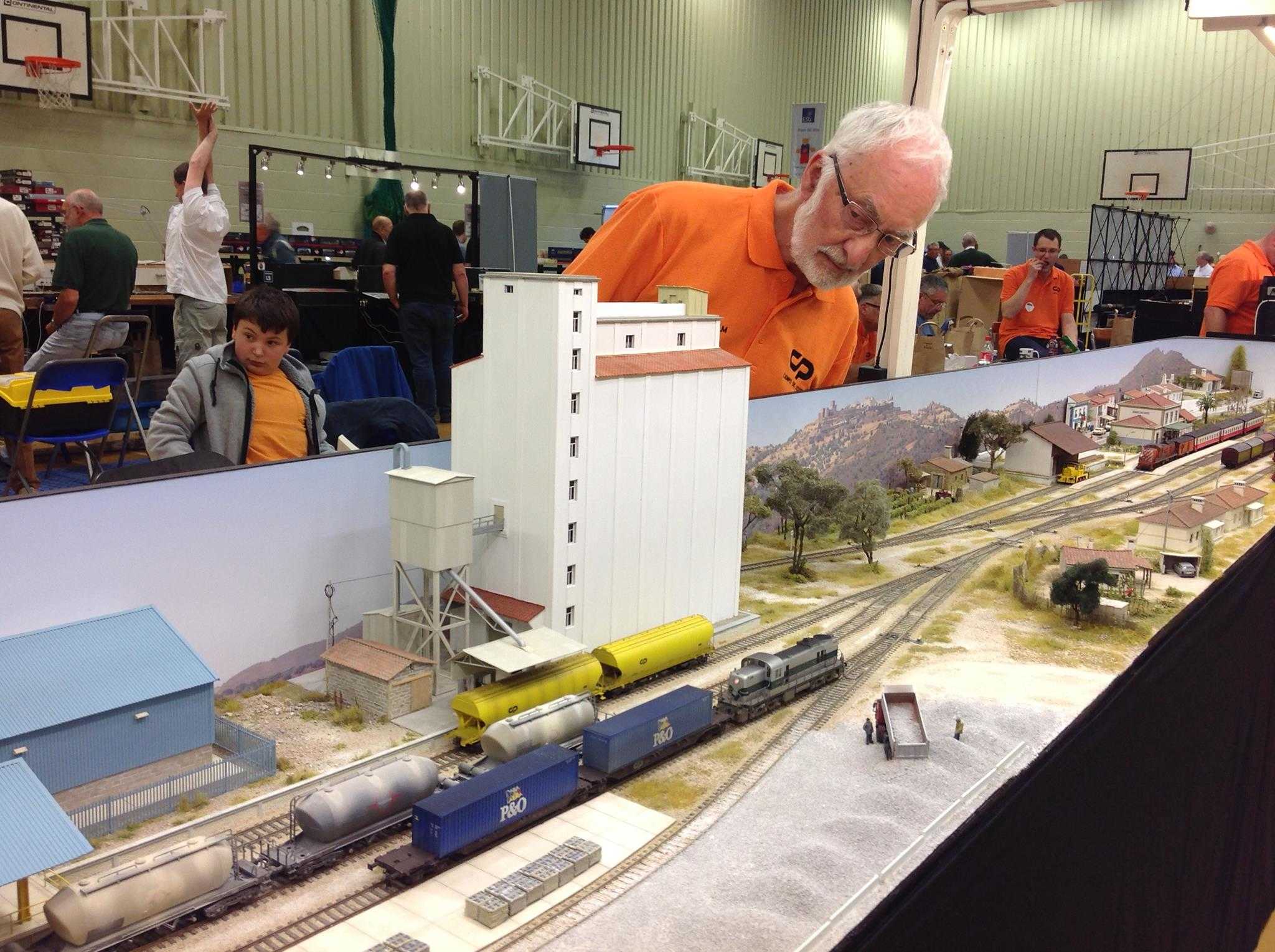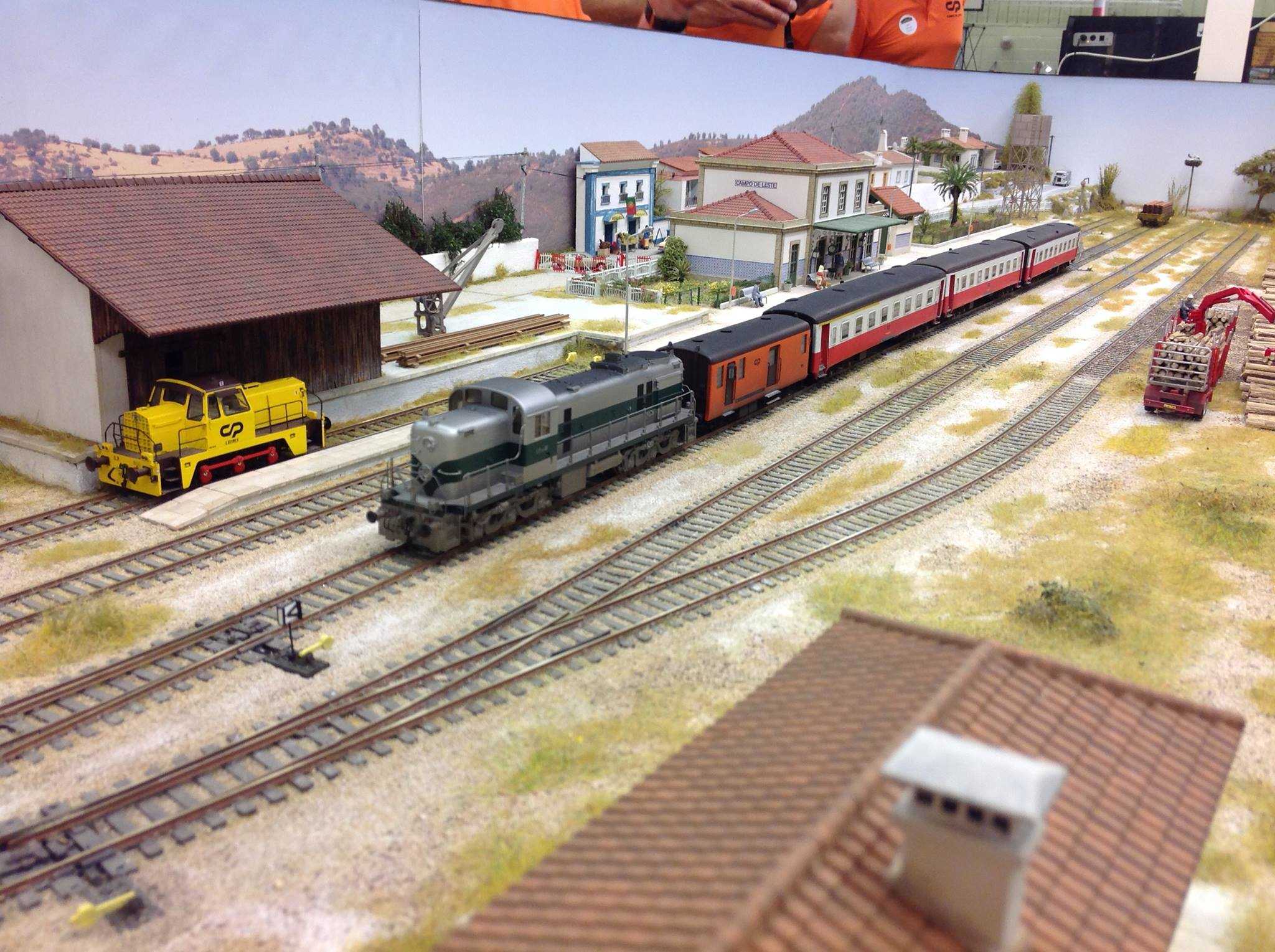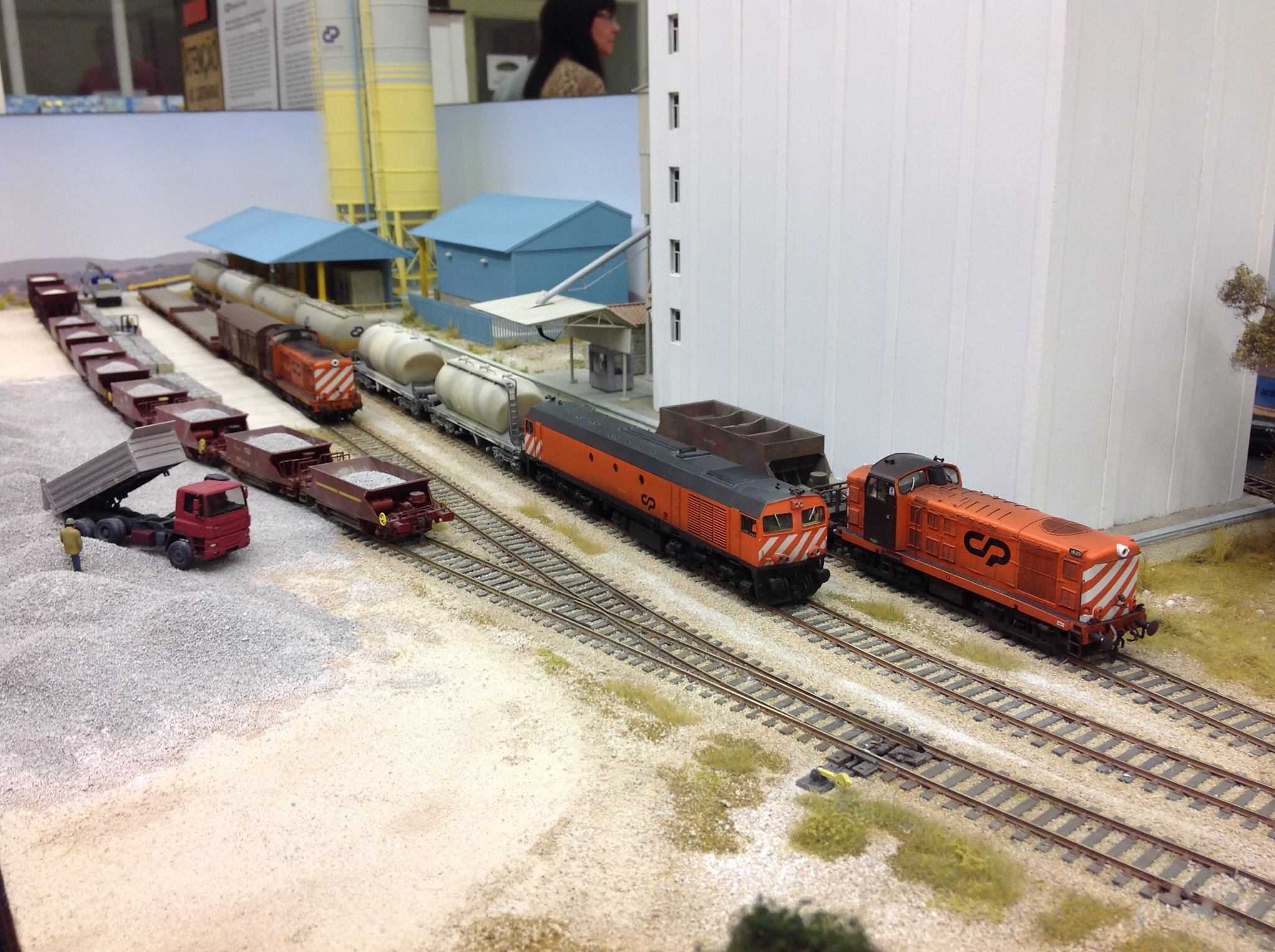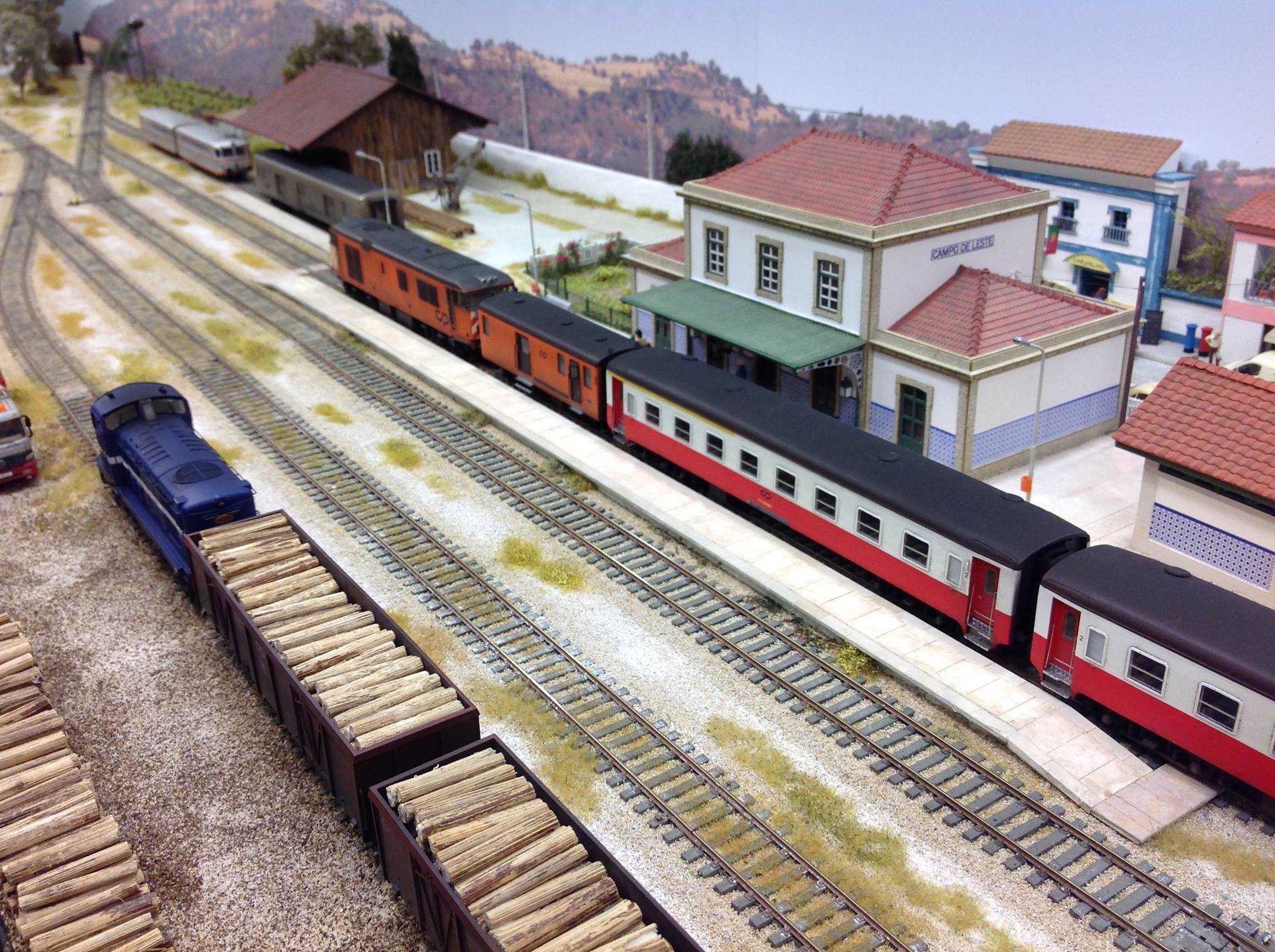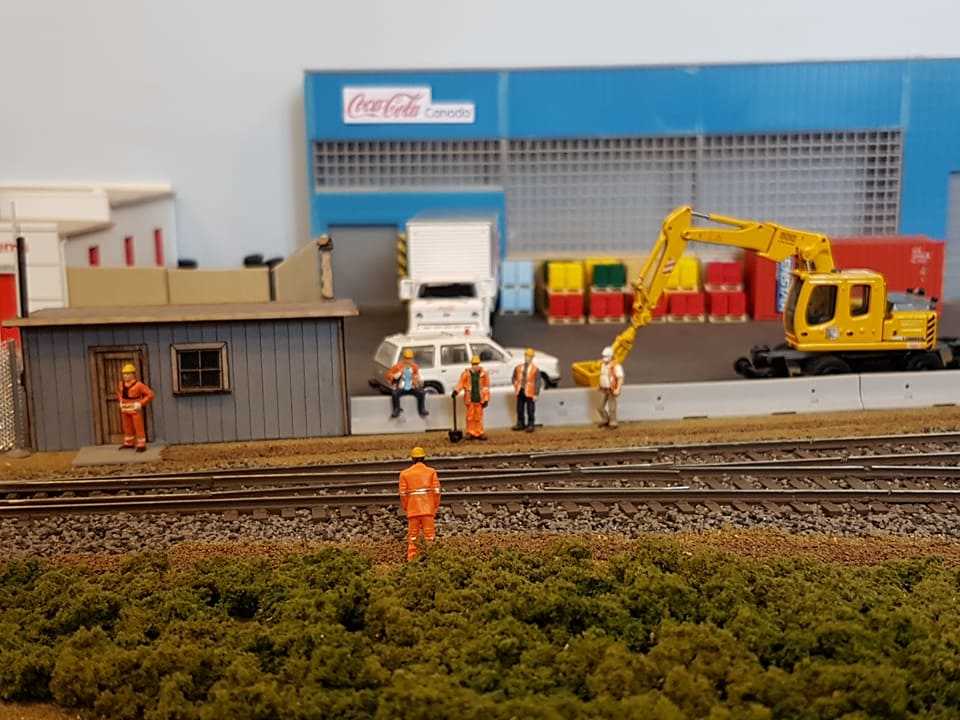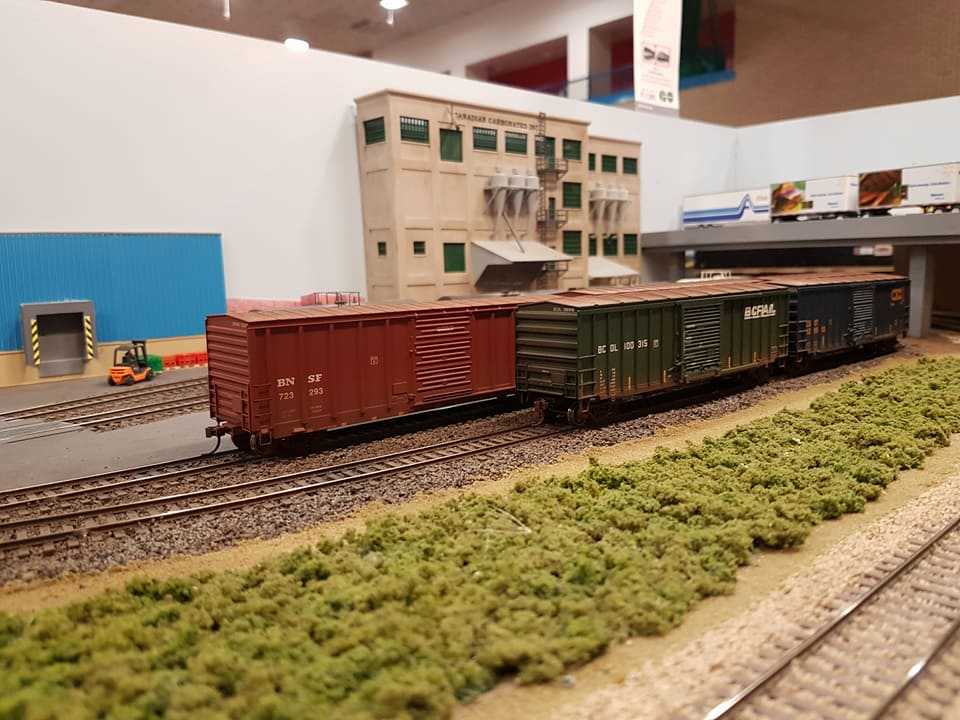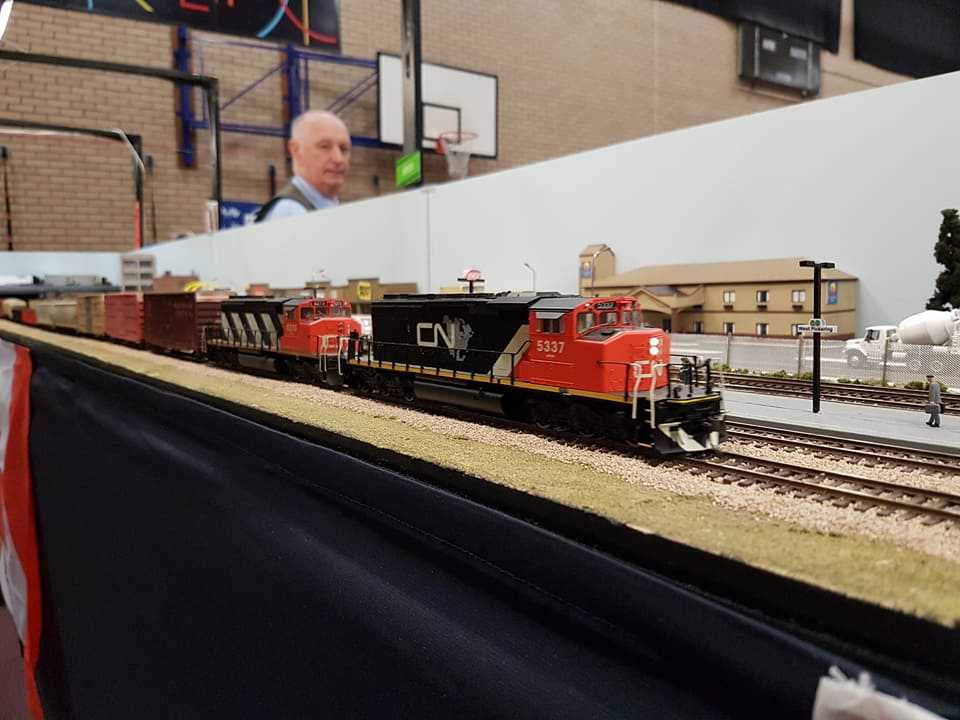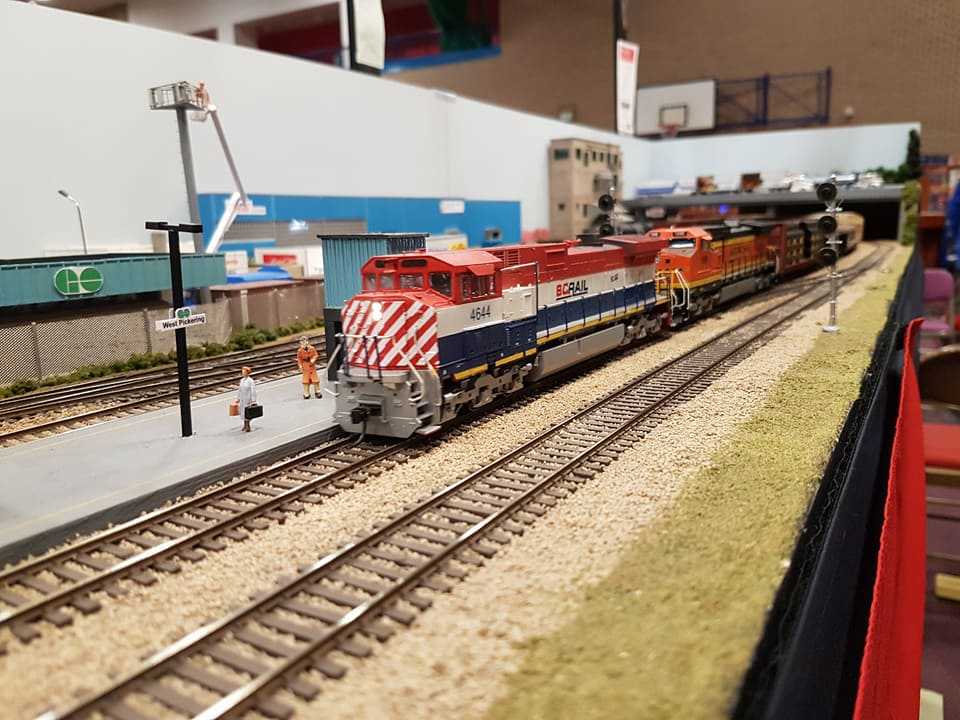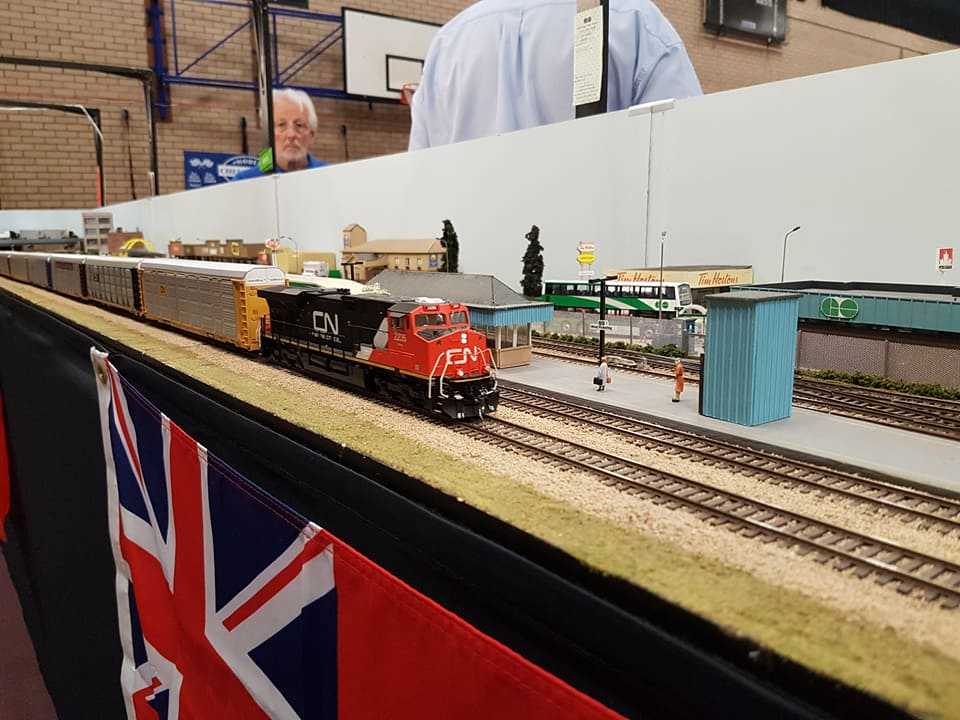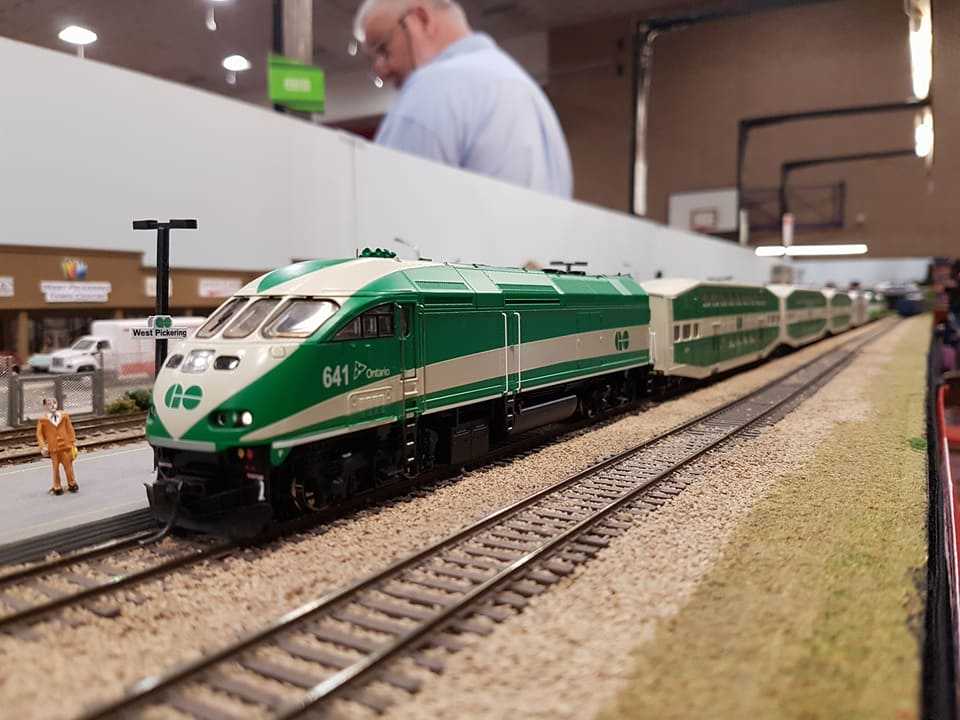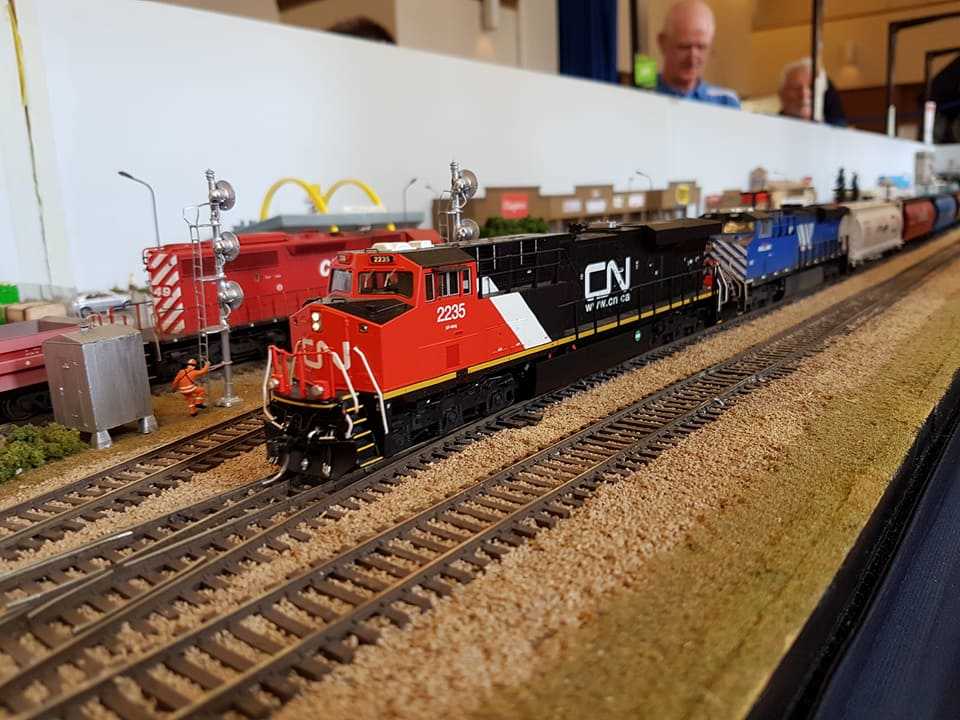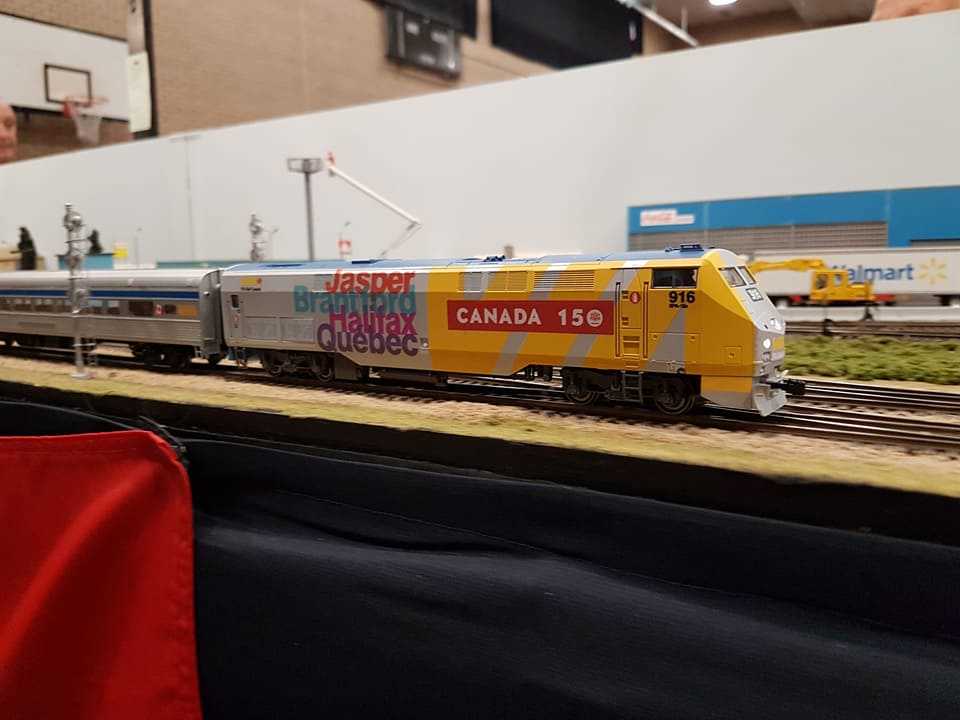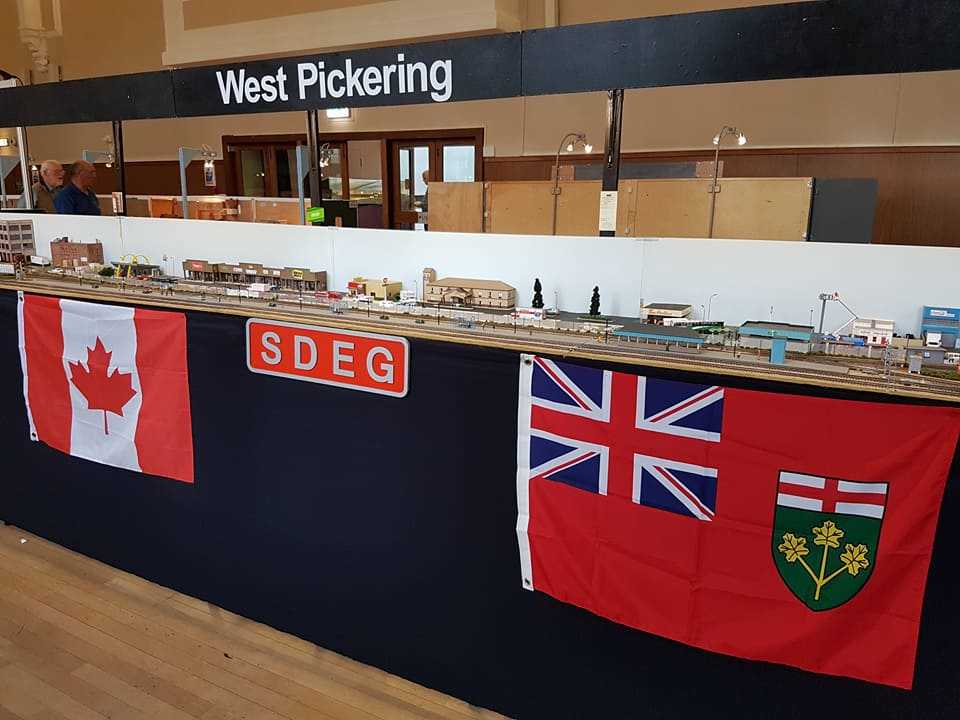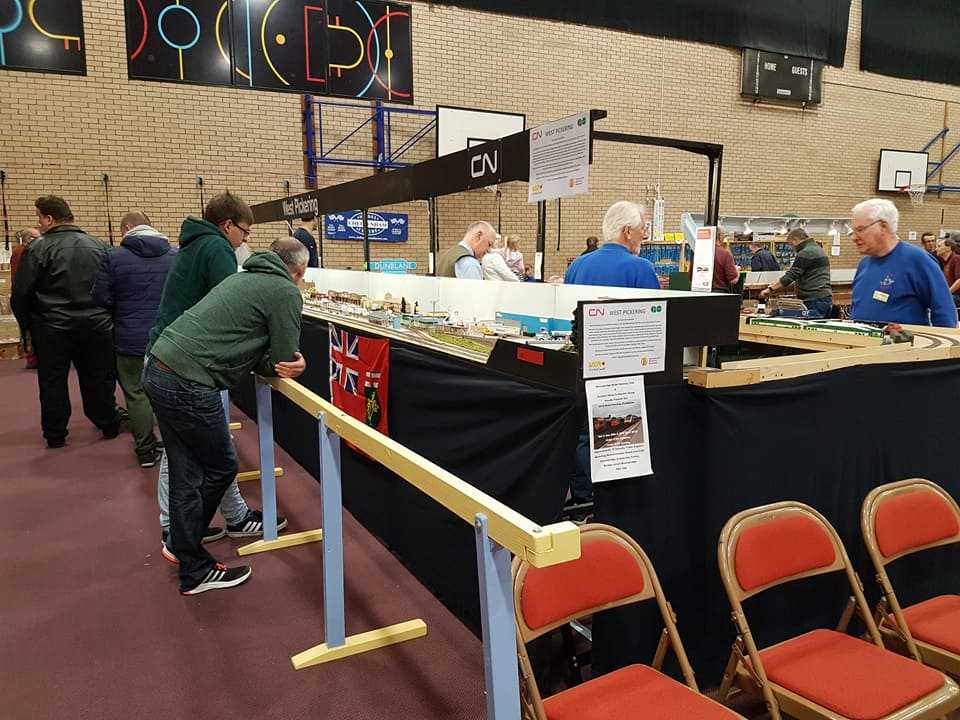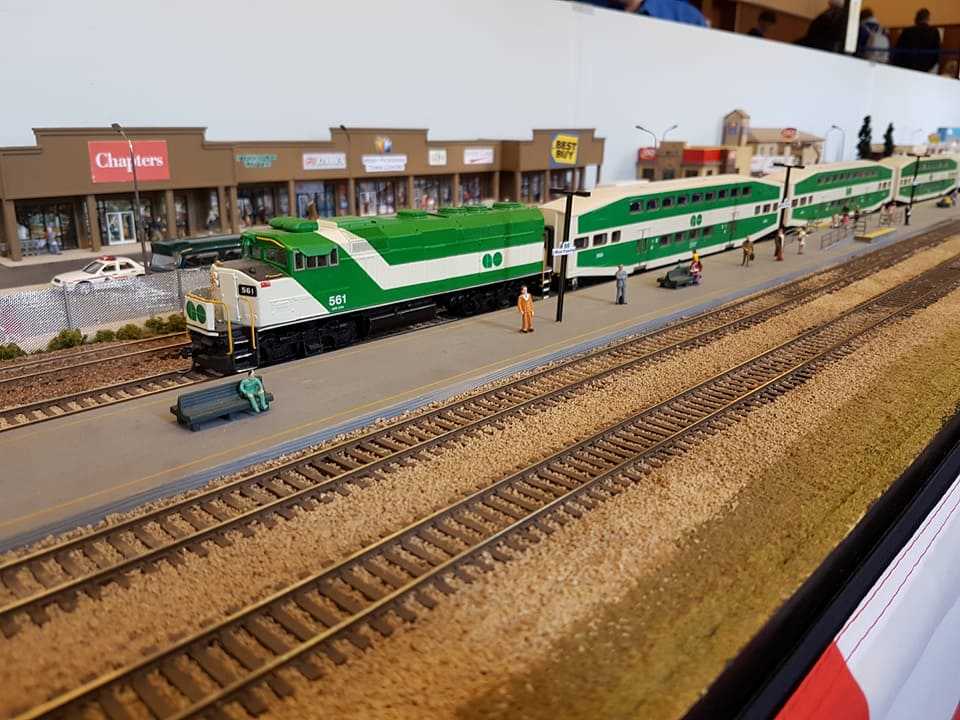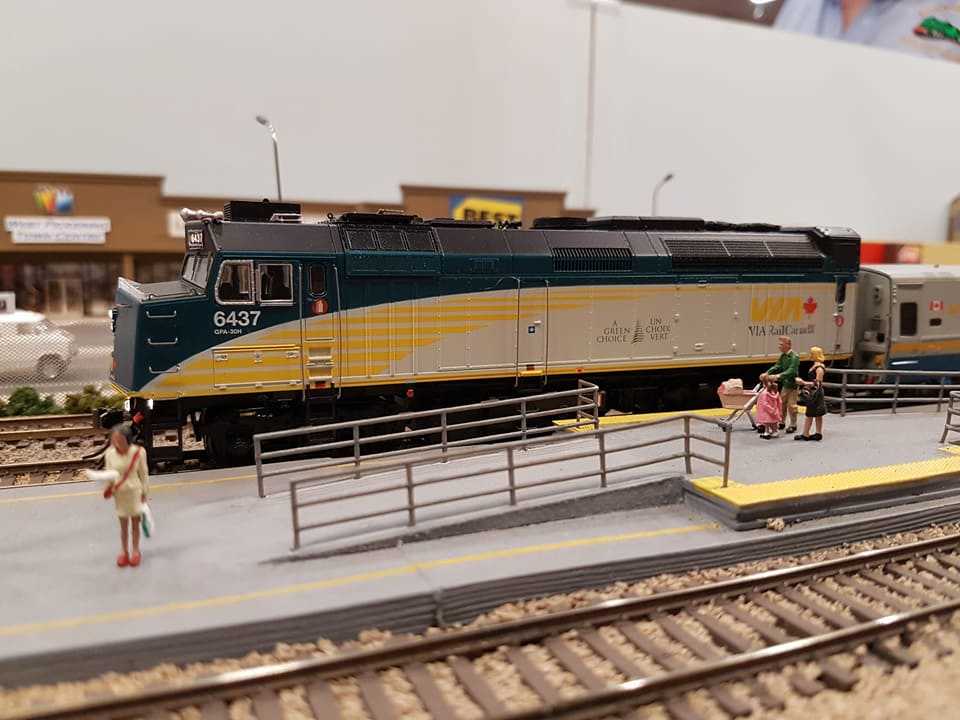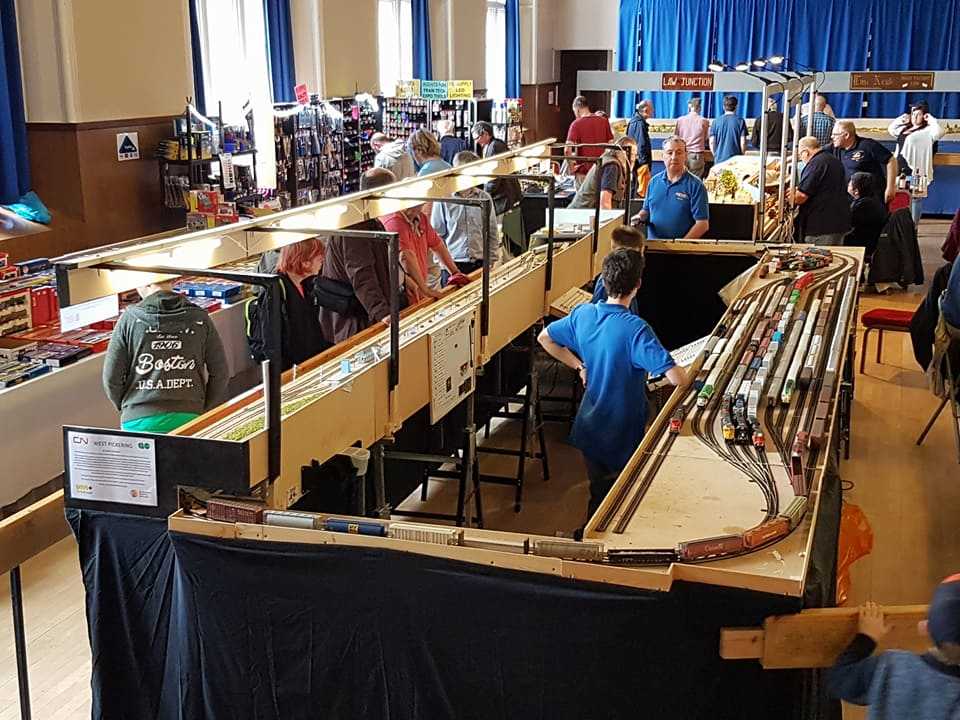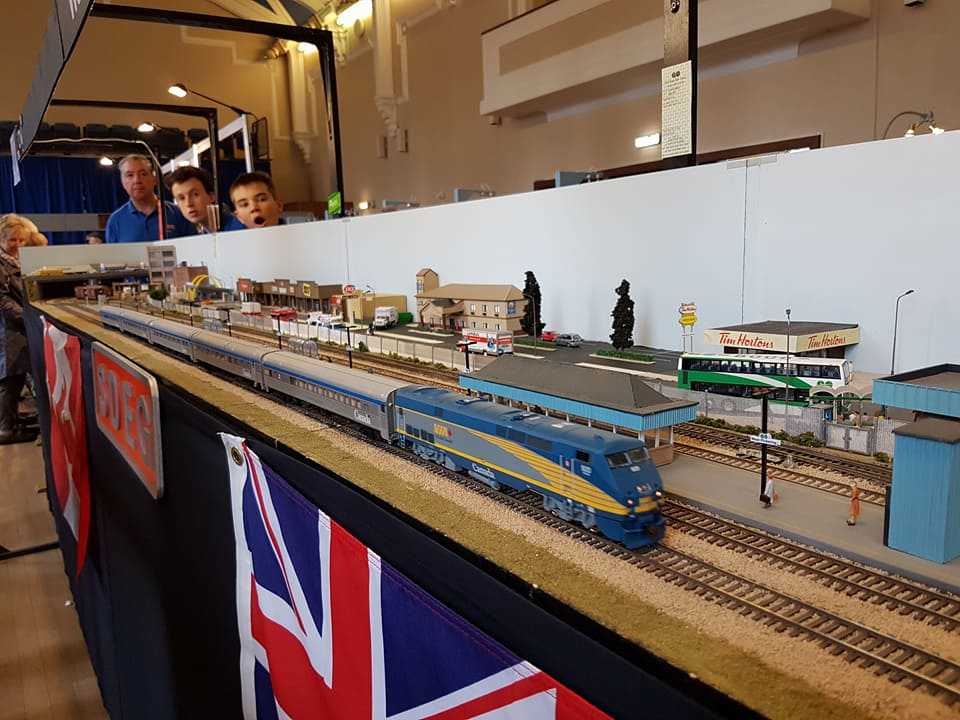Campo de Leste is a rare example of an exhibition quality Portuguese layout, designed and built by four members of the Scottish Diesel & Electric Group. The layout is set in the Alentejo region of Portugal, the hottest driest part of the country bordering Spain and famous for excellent food and wine. Despite the region being a sparsely populated agricultural area, the rail network was surprisingly developed with several meandering branch lines built to serve many isolated towns and villages. The Linha de Guadiana, the name being taken from the river which forms the border, was planned to link the principal Alentejo city of Évora with Zafra in Spain. In the event, the line was only ever completed as far as Reguengos de Monsarraz, some 25km short of the border. Traffic was always very light on the branch with passenger services being removed from 1991, although grain traffic kept the line open until 2002.
Campo de Leste, literally translated as Eastfield (as a nod to the builder’s other interests!), is envisaged as being a further extension of this branch, situated close to the spectacular castellated town of Monsarraz, which is visible in the layout background. The terminus acts as a railhead for the local area and as such has a typically substantial station building and traditional goods shed alongside. The adjacent freight yard houses a dominating grain silo for loading outbound traffic, along with a cement terminal, whilst locally quarried stone for ballast and timber may also be seen along with general traffic. Passenger workings are typical of the country, being a mixture of local Regional services to Évora along with Inter-Regional and Inter-City services to Barreiro, the southern railhead for Lisbon or northwards via Portalegre to Entroncamento.
All scenic work on Campo de Leste was undertaken to a very high standard by Malcolm Donnelly, whilst James Reid built the control panel and installed the DCC wiring on the main boards and fiddle yard. Peco code 75 flat-bottomed track is used, despite the 1668mm gauge depicted. The buildings on the layout were almost all scratchbuilt or kitbashed by Malcolm, aside from the station building, water tower and goods shed, which are based on Portuguese manufacturer Maketforyou items. The typical grain silo was kitbashed from a Spanish product, whilst the neighbouring cement silos are entirely scratchbuilt. The backscene is a montage of more than 80 photos taken of the Monsarraz area, merged into one image and printed on a single eight metre long roll.
The operating period is set around 1998 to 2000, allowing the varied range of CP (Caminhos de Ferro Portugueses) diesel traction to be used. Until relatively recently, the range of CP locos and rolling stock available in model form was exceedingly limited, but Portuguese manufacturers Norbrass, Sud Express, Micromodel and R-Trains now provide some excellent quality offerings, especially the former manufacturer’s hand-built brass locos. As the layout is fully DCC wired using Lenz equipment, all motive power is sound fitted.
For those not familiar with CP motive power, the most common diesel locomotives to be seen are the English Electric class 1400s, similar to the BR class 20, but with a 1350hp power unit, of which 67 were built between 1966 & 1968 and continue to see service throughout Portugal on freight and passenger duties. Numerous Sud Express models of the class may be seen, including 1424 is original blue livery. Also to be seen are the 1948 & 1951 Alco-built class 1500 & 1520s, classic American road switchers used extensively on mainline work in southern Portugal. The excellent Norbrass version of these locos are used, including silver liveried pioneer, 1501. In addition, the fleet features French built class 1200s, former RENFE (Spanish) class 1321 Alcos, MLW & Bombardier class 1551s and 1961s, both of which are derived from Alco predecessors, along with more British imports with the class 1151 Sentinel shunters and English Electric class 1800s, a derivative of the BR class 50. Passenger services are provided using wooden bodied B600s built by CP and French designed Corail Inter-City coaches, which run with a converted generator van. A former RENFE 4-wheeled railbus, based on a German type, provides the only multiple unit in the fleet. Modern air braked freight stock such as bogie grain and cement hoppers, timber wagons and container flats can be seen alongside more traditional vacuum or dual braked vans, hoppers and ballast wagons. Where necessary, stock used has been detailed, repainted or converted into CP versions by Andrew Donnelly and Simon Barratt. At exhibitions, the operators will be delighted to explain more about the layout, how it was constructed and finished, motive power and operations, as well as Portuguese railways and the country in general.
The layout made it’s debut at the Blyth & Tyne MRC RailEX North-east exhibition in June 2017, being very well received and even deserved a special mention on the local TV news during a feature on the show!
West Pickering :-
West Pickering is set in a ficticious location on the Canadian National main line on the eastern side of Toronto.
The layout is owned by group members Craig & James Watson and was built by them over a four year period as an idea to represent the types of traffic found in a main line situation and give a continuous run layout which could be operated at home as well as exhibitions.
The line is busy with a mainstay of heavy freight trains heading from MacMillan yard towards all points east, this traffic includes automotive, intermodal and general manifest trains, usually hauled by at least two locomotives, main line passenger services operated by VIA Rail Canada also pass through with the occasional service calling at the station of West Pickering, local Toronto suburban services are the mainstay of the traffic handled by GO Transit at West Pickering handled by their distinctive Bi Level commuter trains on Lakeshore East services between Toronto Union and Oshawa.
There are also several industry tracks in the area which are serviced by a local working from nearby Oshawa yard, occasionally traffic will also be added to passing freight trains.
The layout has been built using Peco code 83 track and the stock is a mixture of products from the various American/Canadian manufacturers, there are also a few locos which have been modified with prototypical Canadian cabs or built from resin kits, the weathering of the rolling stock is also an ongoing project!!
The majority of the locomotive fleet is sound fitted, with the fitting of sound decoders to the rest an ongoing task, when being exhibited every train at least has a sound fitted locomotive leading the train.
The layout is controlled by a Digitrax DCC system, with points controlled from conventional control panels using a mixture of individual point controls and diode matrices for the fiddle yard.
The main shopping mall area to the rear of the station has been built from various kits and was inspired by trips to visit relatives in the Toronto area over the years, most recently in the summer of 2015.
The layout has now been exhibited 4 times, making its debut at Model Rail Scotland in 2016 followed up by appearances at Falkirk 2016, St Andrews 2017 and most recently Ayr 2017.
The layout is approximately 20 feet long by 8 feet deep and is usually transported in a transit sized van and is available for exhibition throughout the UK.
We hope you enjoy viewing our little slice of Canada as much as we have enjoyed building it!

